The Monstrous Feminine and Post-Human Succubus
“Hell is a teenage girl” (Kusma, 2009) is the opening line to Jennifer’s Body, the 2009 snarky, horror-comedy written by Diablo Cody, and directed by Karyn Kusama. The film struggled to find an audience upon its release in 2009 but is since heralded as a queer, feminist cult classic. Centred around the relationship between alluring Jennifer Check and mousy Needy Lesnicky; (queer subtext overtly obvious) the film actively parodies female archetypes and weaponises horror tropes turning them onto the male gaze. Jennifer’s Body establishes the monstrous feminine as a post-human cultural body critiquing the patriarchy through images of abjection, campy dialogue, and the othering of women. The monstrous in horror film emphasises that which our civilisation represses or oppresses – sexuality, gender, race. (Wood, 2019:79) The outcome of sexual repression is presented as perverse, monstrous, and excessive. Female driven horror films leverage and explore the narrative and aesthetic horrors of the reproductive, maternal and sexual, to expose the underpinnings of the social, political and philosophical othering of women. (Harrington, E, 2018 p.1)
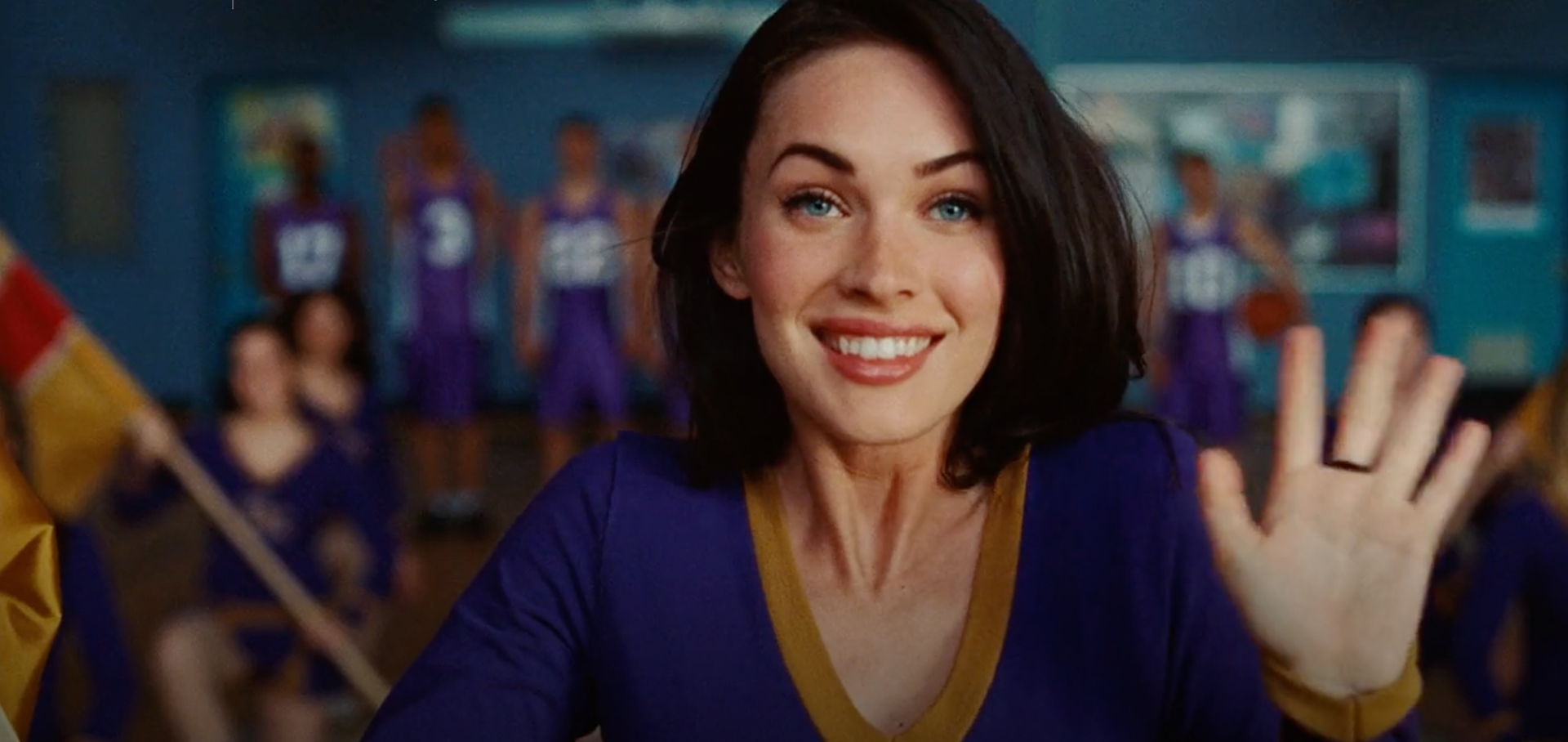
Jennifer Check

Needy Lesnicky
High school bombshell Jennifer is mistaken for a virgin and forced into a ritual sacrifice by an insufferable indie band in exchange for fame and success. The assault is a metaphor of phallic penetration and symbolic rape. (Wills, and Roberts, 2017:3) Jennifer transforms into a psychotic monster because she has been symbolically castrated. (Creed, 1993:122) Needy concludes that because she was sexually active, demonic transference occurred and Jennifer transformed into a man-eating succubus, with an appetite for young boys. This is a subversion of the final girl trope where traditionally virginity saves, and sluts die but Jennifer returns more powerful. The evil, sexual woman represents the male dread of “women usurping the active, aggressive role that patriarchal ideology assigns man” (Wood, 2019:98-105) Under patriarchal hegemony, women and femininity have been historically framed as inferior to man, positioning woman as dualistic other “female monstrosity operates in medical and psychological discourses, such that the othering of female bodies and experience is normalised, and the construct of woman-as-other is situated as a neutral baseline,” (Harrington, 2018:8)
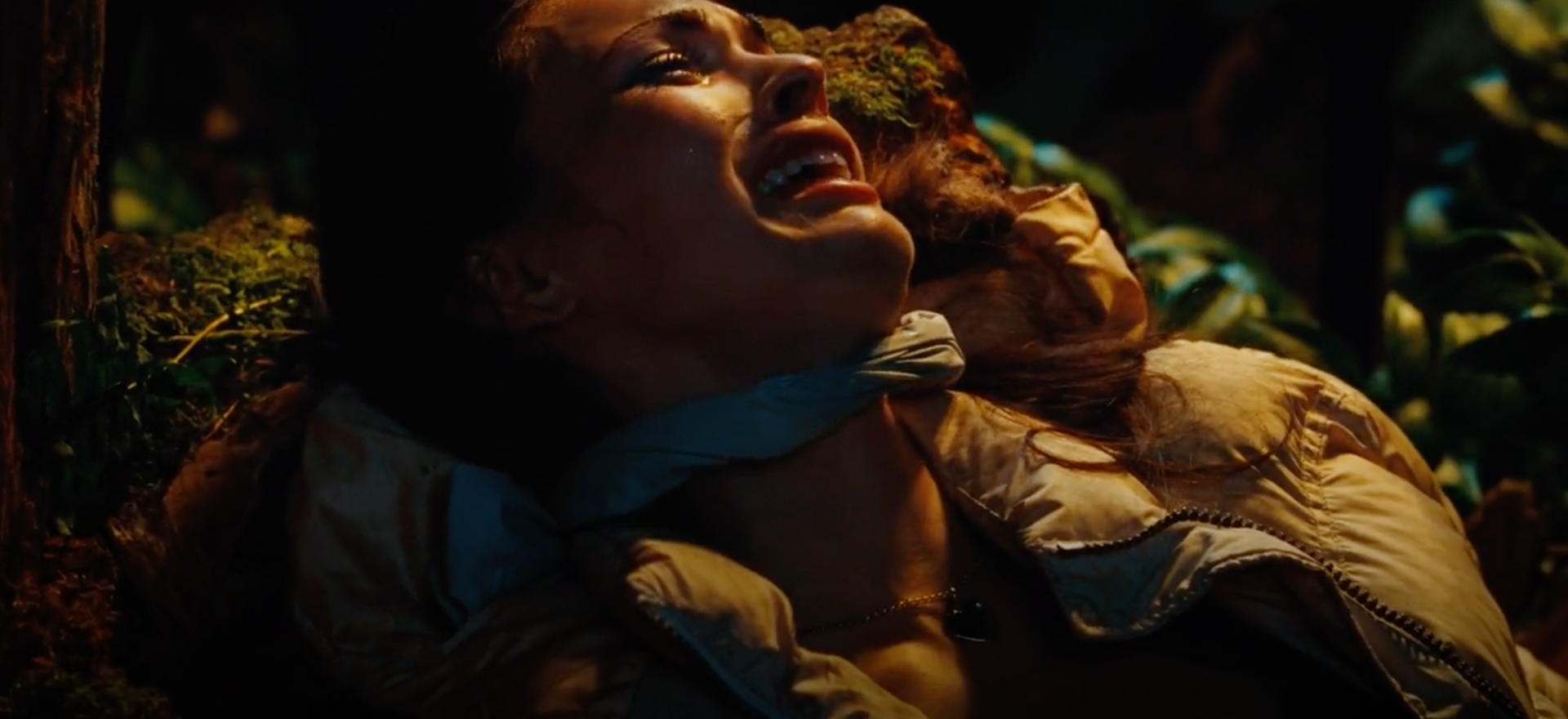
Jennifer's sacrifice

Phallic Penetration
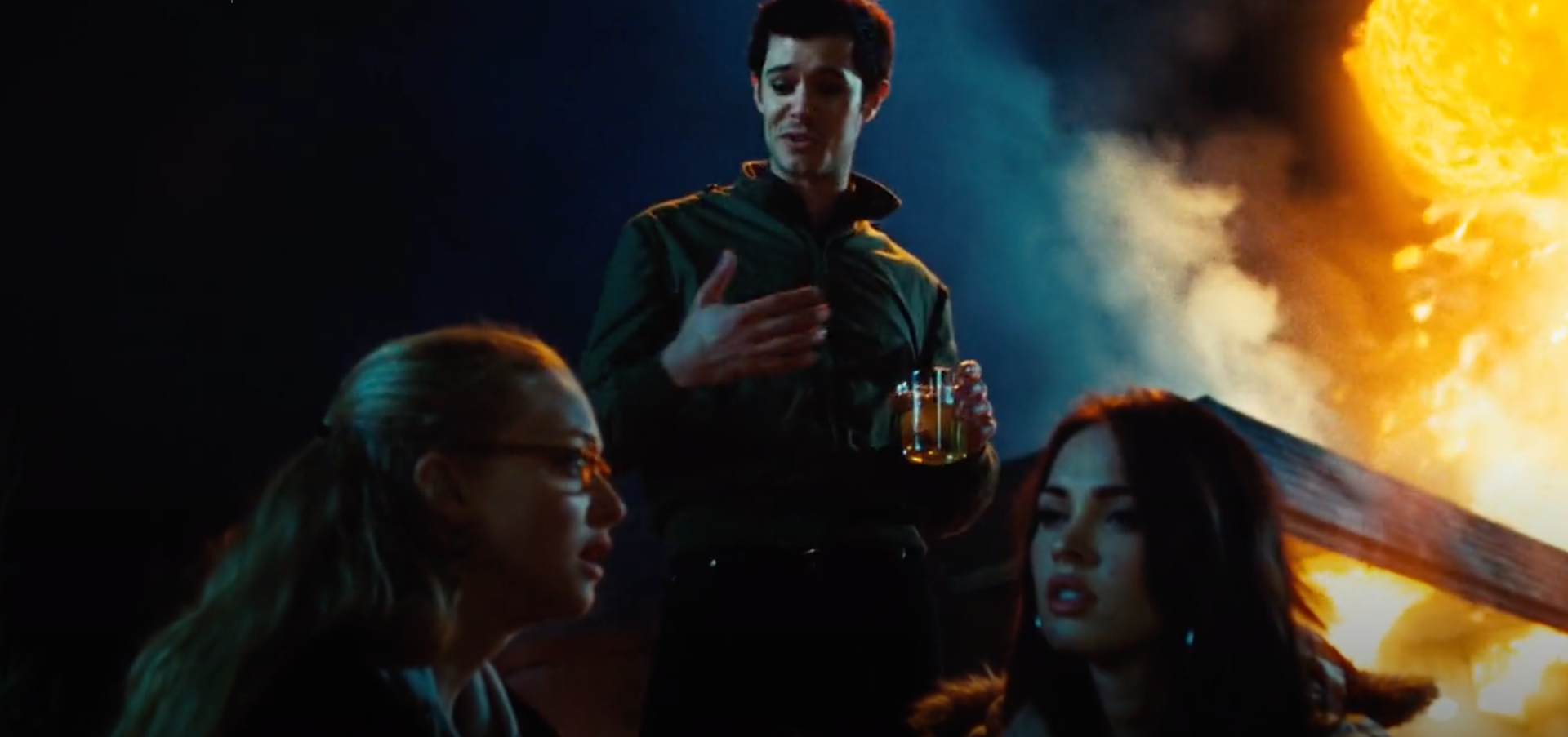
Insufferable indie band front man

Demonic transference
Laura Mulvey’s seminal essay Visual Pleasure and Narrative Cinema exposes the classic Hollywood representation of women as passive sexual objects framed by the male gaze. (Mulvey, 1989:4-27) A purely female gaze, that which refers to “how women create and view images of each other and men” (Gamman & Marshment,1989:12) is contaminated by the patriarchal society in which we live. (Malone, 2018:2) The film parodies traditional horror conventions, satirising the hypersexual, man-hating lipstick feminist representation of women in cinema to expose the pressure that media places on young girls and women as audiences. The film uses the masculine creation of the succubus to expose the real monster - “boy run media” aka the patriarchy. Jennifer represents the female monster that patriarchy has created and imposed on young girls, transforming into the demonic version of a man’s desire: the succubus, a “blood-sucking, evil demon who seduced a man in order to possess his phallic power – the succubus legitimised male control of society and justified the oppression of women” a humanisation of male shame of sexual desire. (Ayers, 2011:preface xiii)
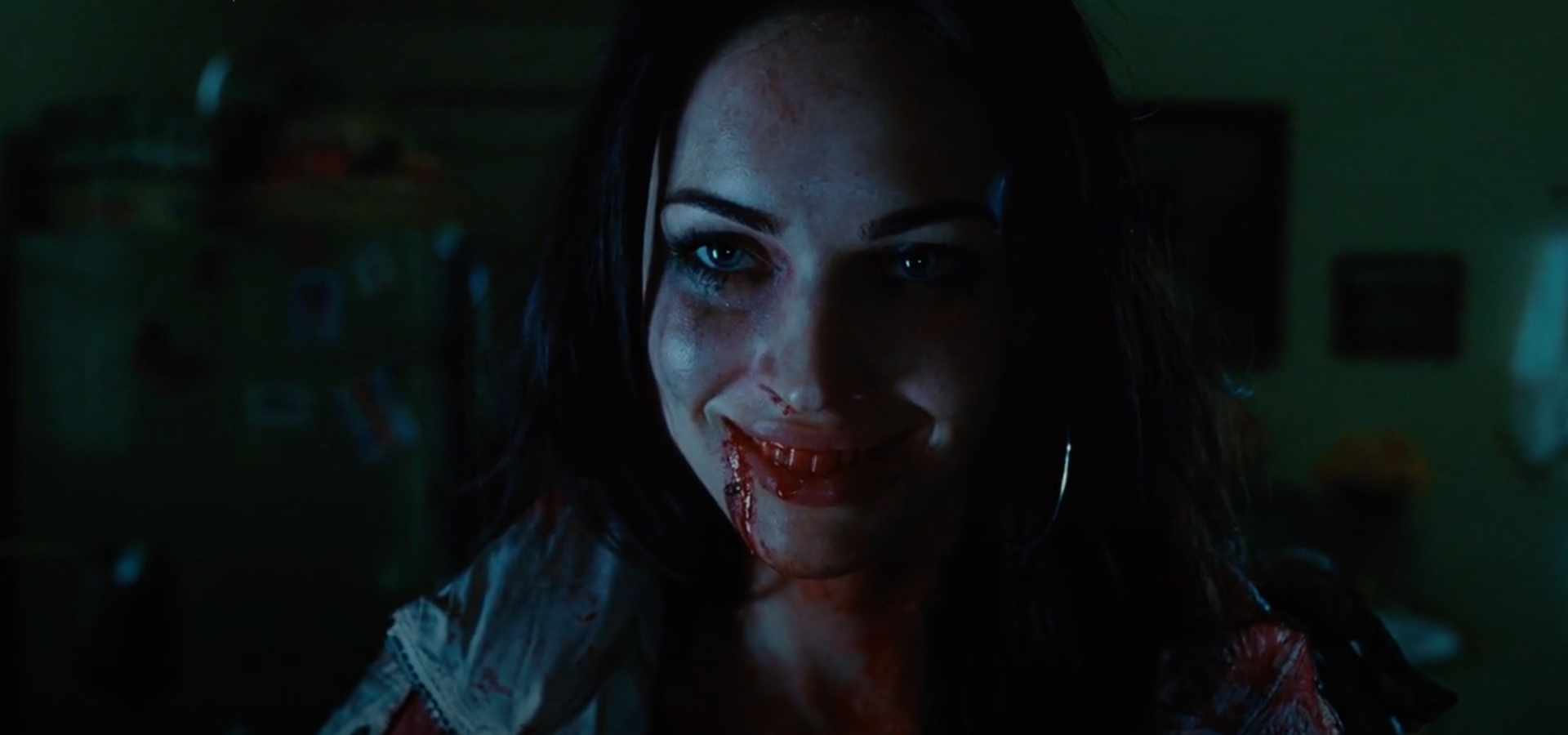

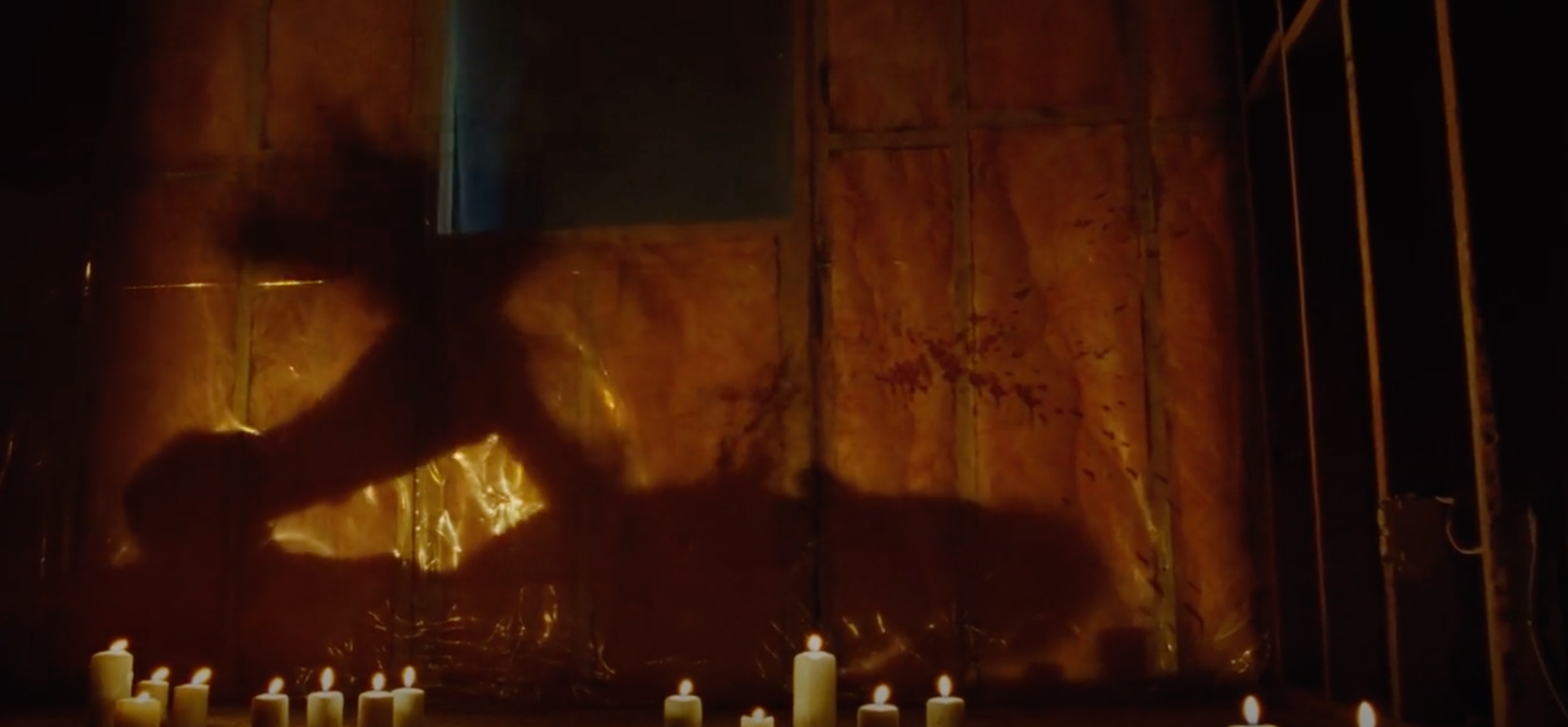
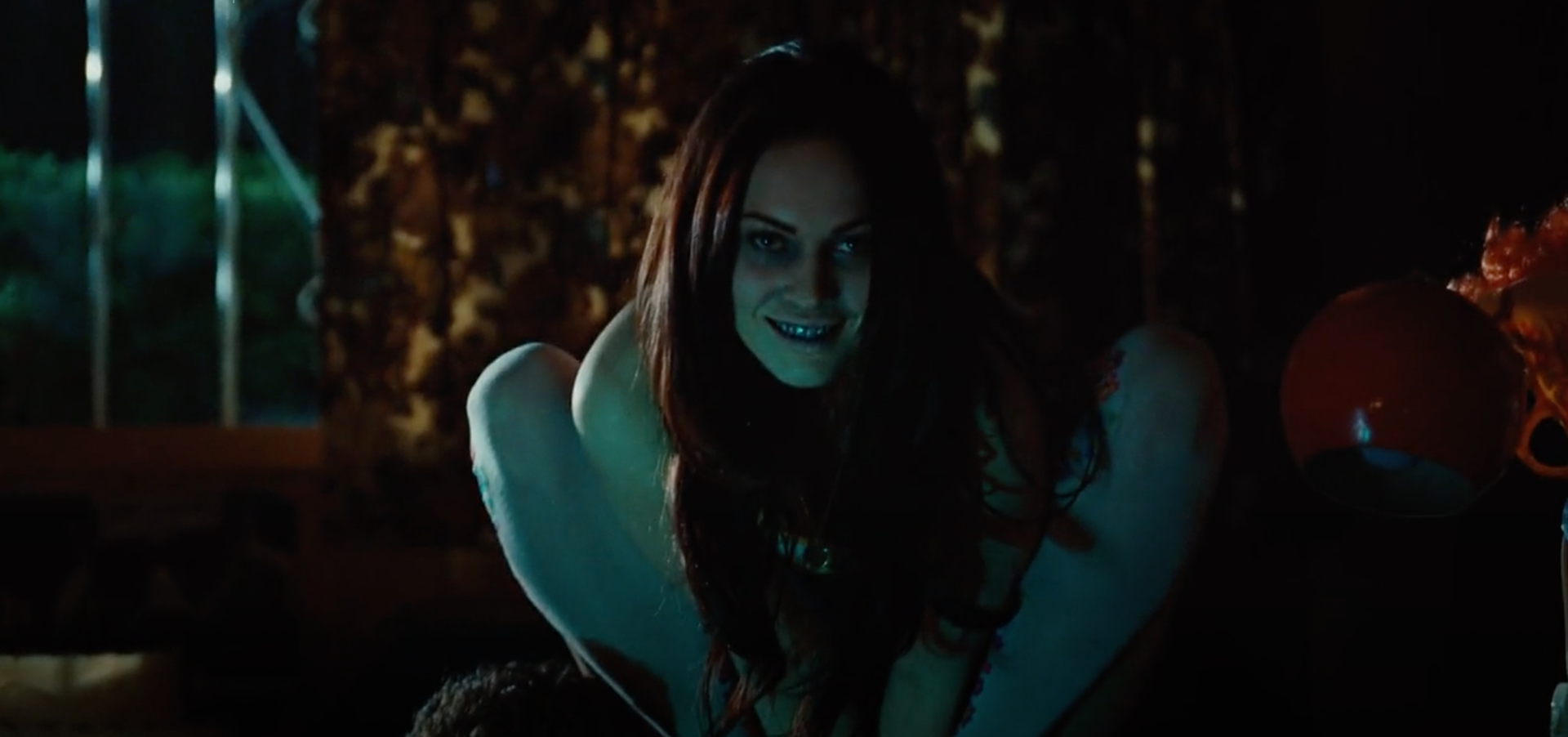
Jennifer transforms into a succubus
Horror reminds us of the fragility of boundaries, the threats to them and how liable they are to collapsing. The notion of the abject signifies borders between human and inhuman, purity and impurity and good and evil. “That which disturbs identity, system, order.” (Kristeva, 2002:230) The film constructs Jennifer’s literal body as abject through images of blood, vomit, saliva, and body defilement. Femininity is highlighted through bodily functions, suggesting woman as an impure or polluted subject - her fluidity is threatening and unstable, somewhere between human and inhuman. (Chusna & Mahmudah, 2018:13) The female experience is rooted in abjection and a woman’s body can be central to the construction of a border in the horror film. The capacity for women’s pollution is represented by the concept of excremental and menstrual, it comes from me but is not part of me.

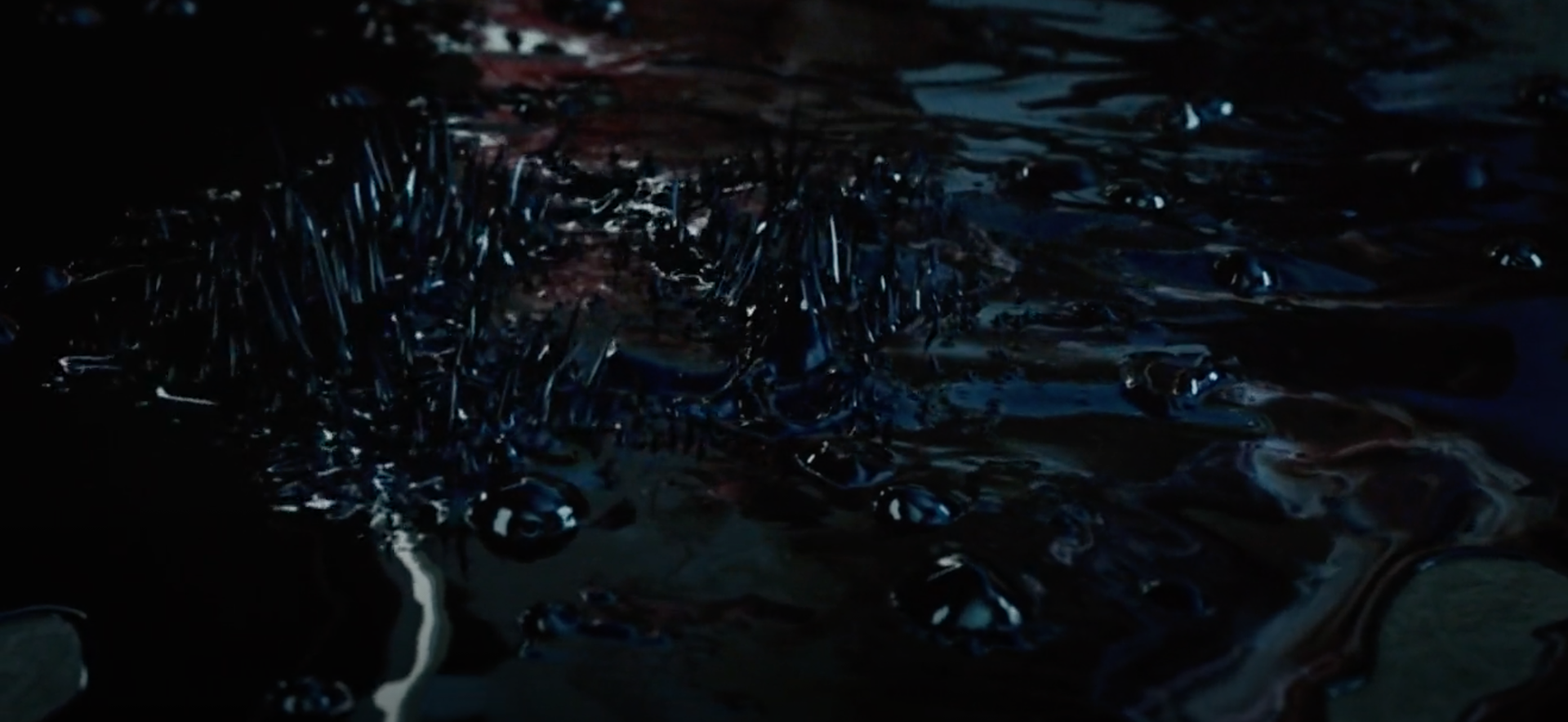



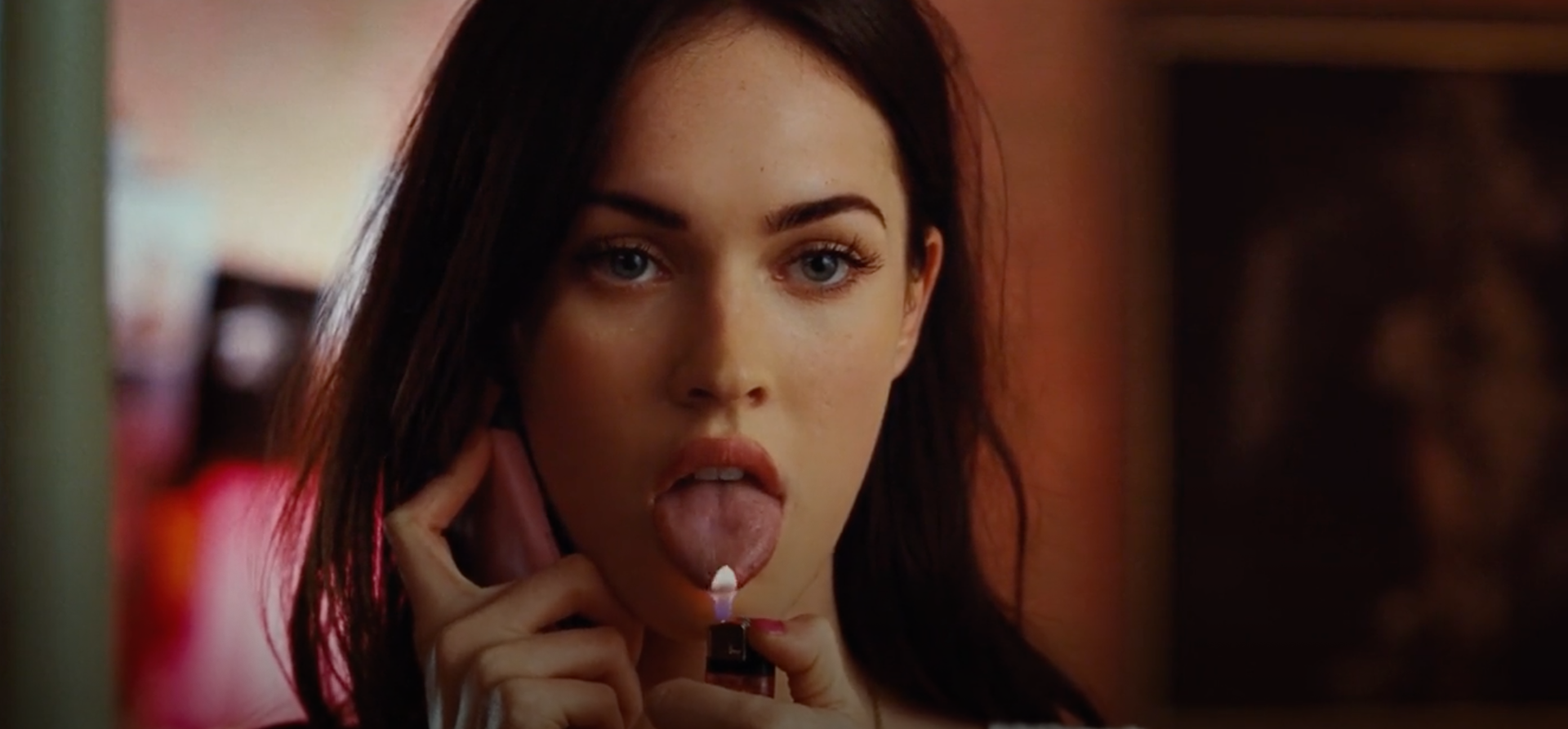
Images of Abject Horror
Post-humanism critiques human exceptionalism, extending the moral and ethical concern of other species, objects and environments. (Keeling D, Lehman 2018:2) The female monstrous body can be interpreted as post-human because the female has been cast as separate from the “man” at the heart of humanism who is male, white, middle-class, Anglo and heterosexual, liming the intersects of gender, class, race, or sexual orientation; therefore, humanism is overtly oppressive.” (Blackburn, 2016:141) The female body has been used as a site of transgression, a marker of impurity, a liminal place where the discomfort of abjection takes place “becoming-woman is a process imbued with giving humanoid shape to, and thereby effectively concealing, alien forms that reside under the permeable boundary of the skin.” (Jaleca, 2017:2)
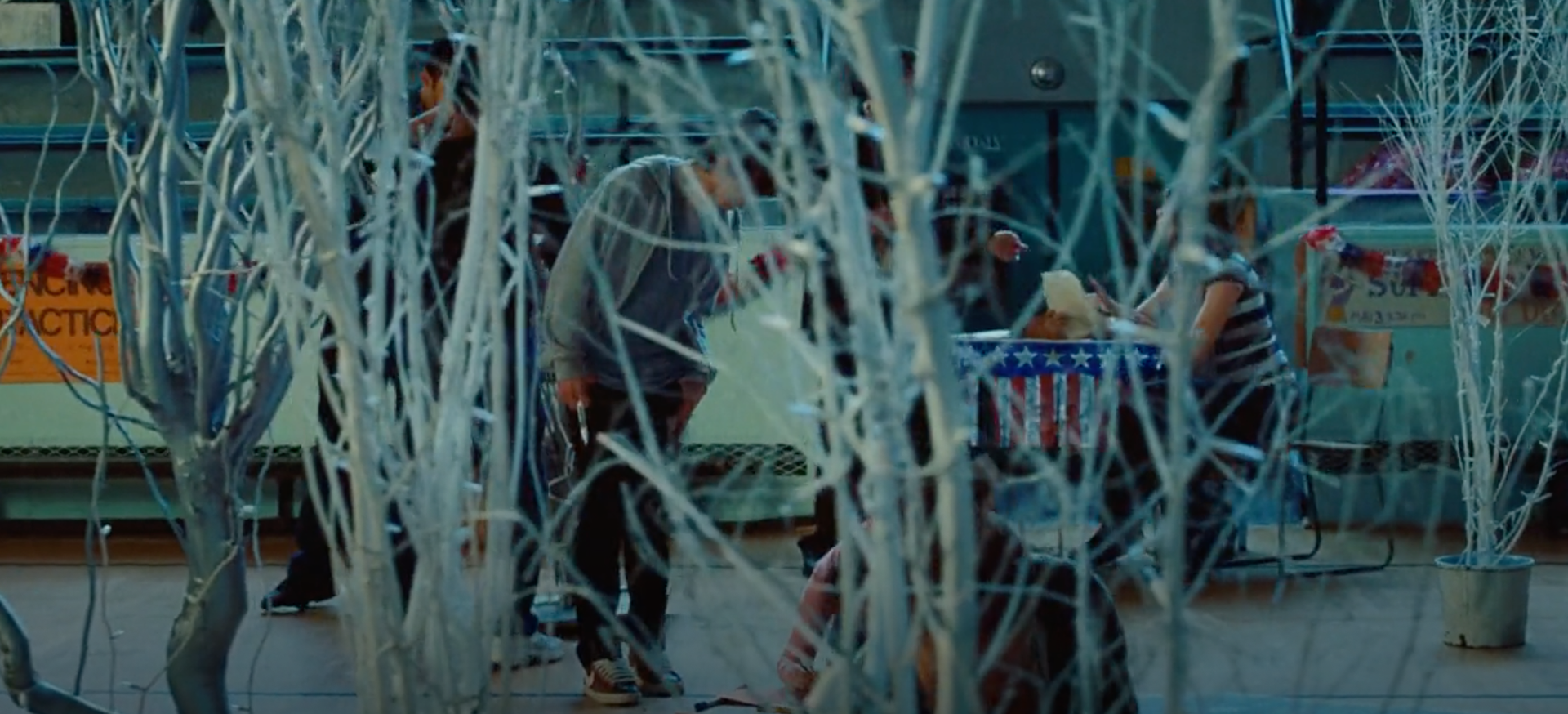

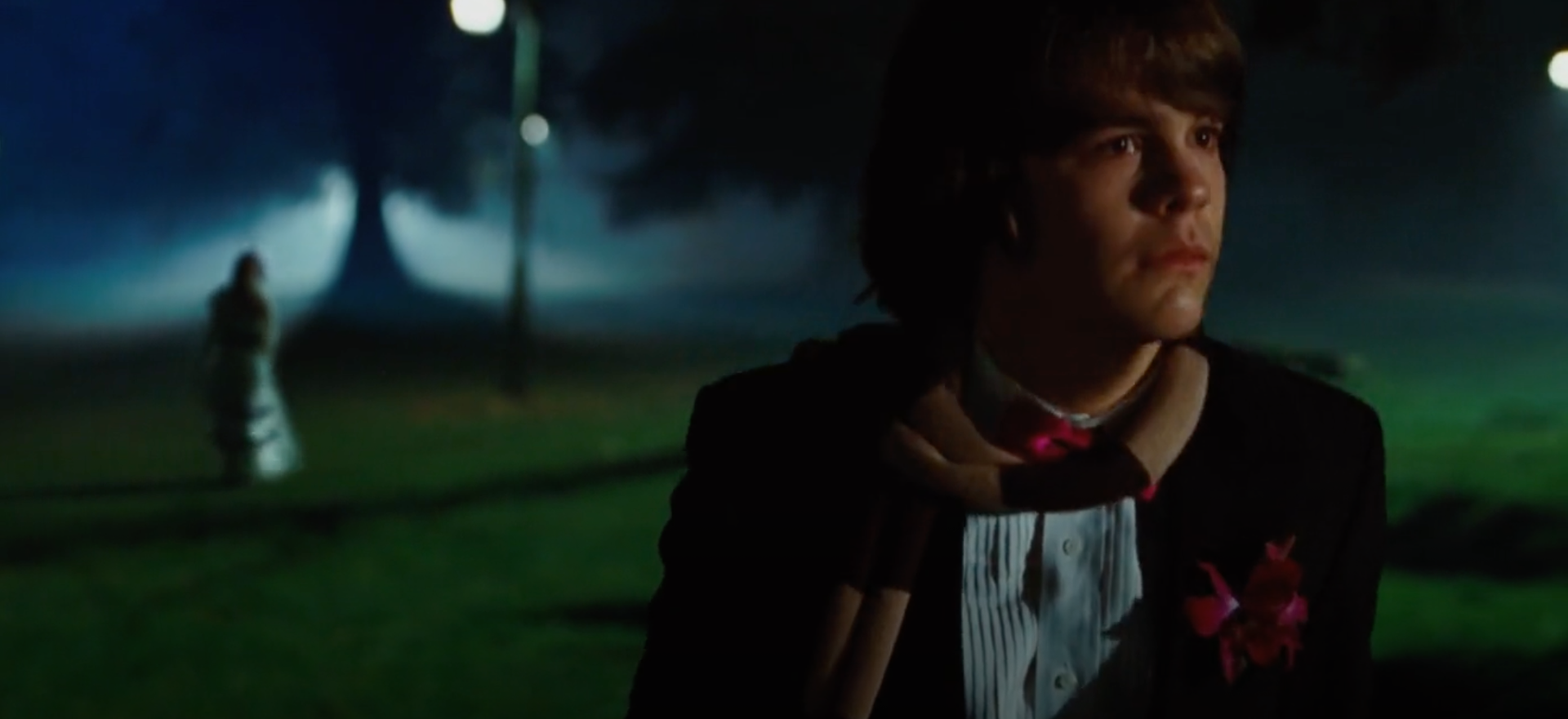

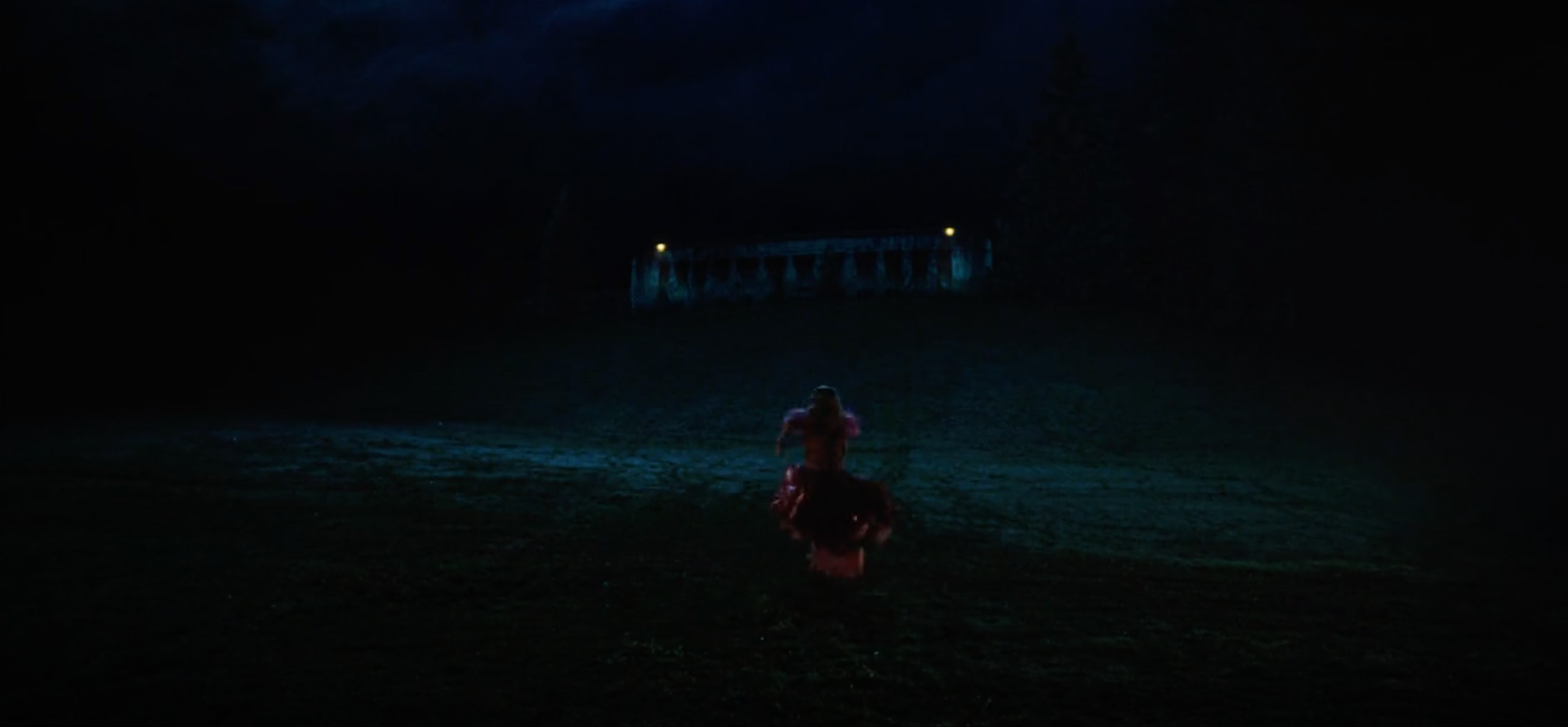
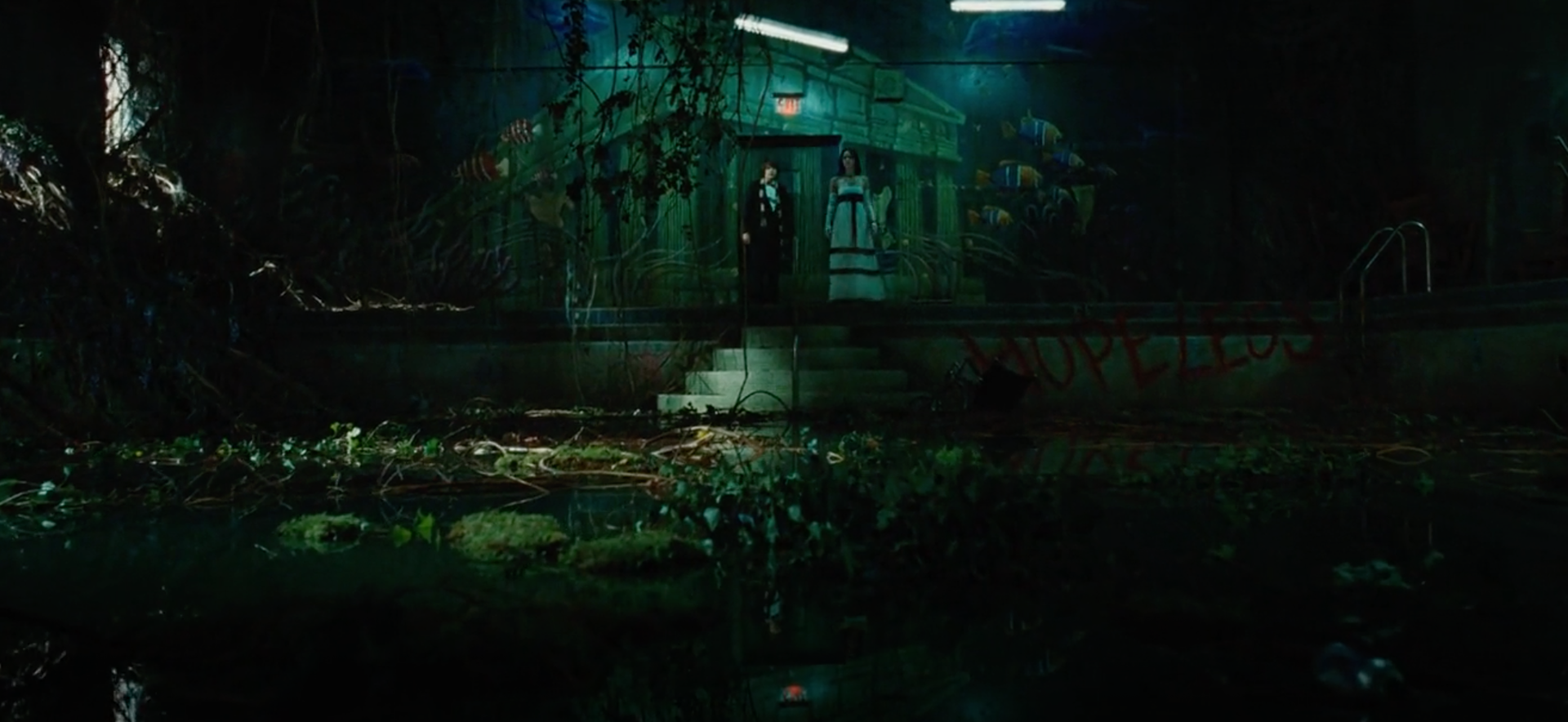
The Gothic forest
Many important scenes take place in the forest, the sacrifice, Jennifer’s victims, and fight sequences. The forest is a gothic setting representing the Romantic notion of the sublime; terrifying and all-consuming as well as beautiful and awe-inspiring, much like Jennifer. (Chusna & Mahmudah, 2018:14) References to witchcraft and satanism are appropriated by men throughout the film. Satanic imagery has been reclaimed by women throughout history as an agent of empowerment and sexuality, so for men to sacrifice her in the woods, (a primal and feminine space) Jennifer returns more powerful and one with nature. (Wood, 2019 p:77) The duality of beauty/violence and human/animal is demonstrated in the scene where Jennifer seduces and leads a student to the forest. In the sexually charged moment, woodland animals surround her before she consumes him. Horror arouses feelings of fear and unease - ‘the primal uncanny’ aligning woman, the animal and death.” (Bullock, 2007:109) Women have been portrayed as this primal sexual force, accused of witchcraft for embracing sexuality and communicating and embodying animals. The female body challenges bodily boundaries at every age, her transformations perceived as primal, animalistic, and other; a post-human body.
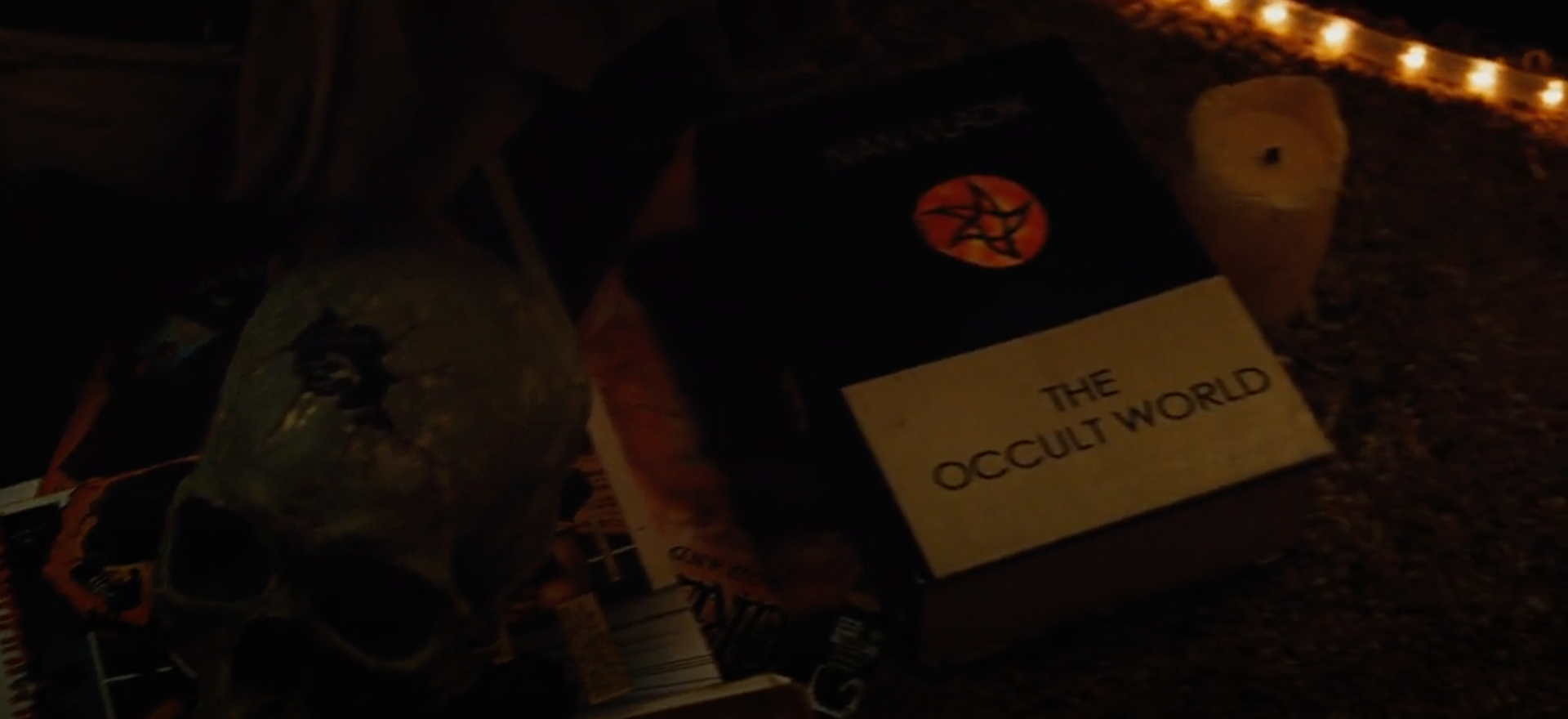
Occult Imagery

Witchcraft
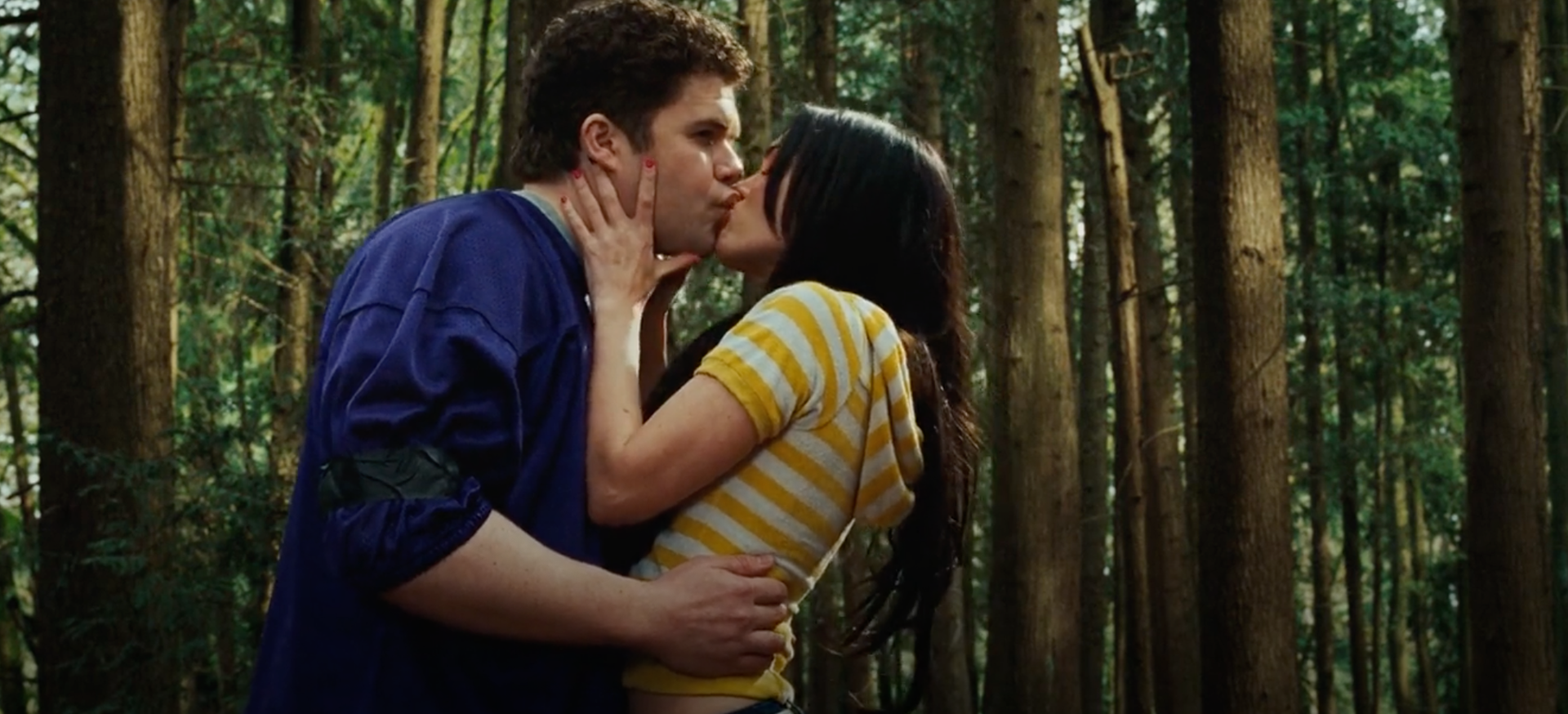
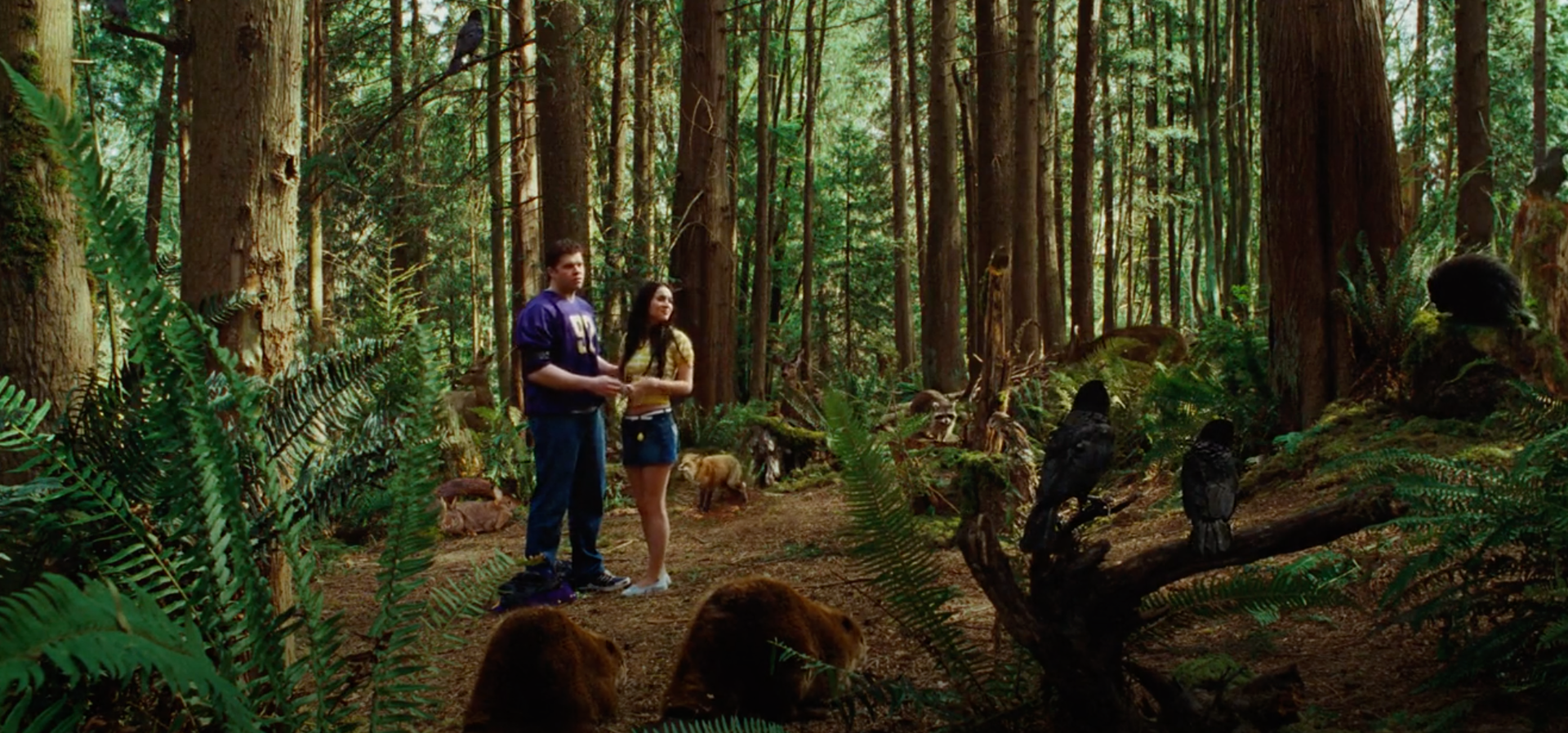

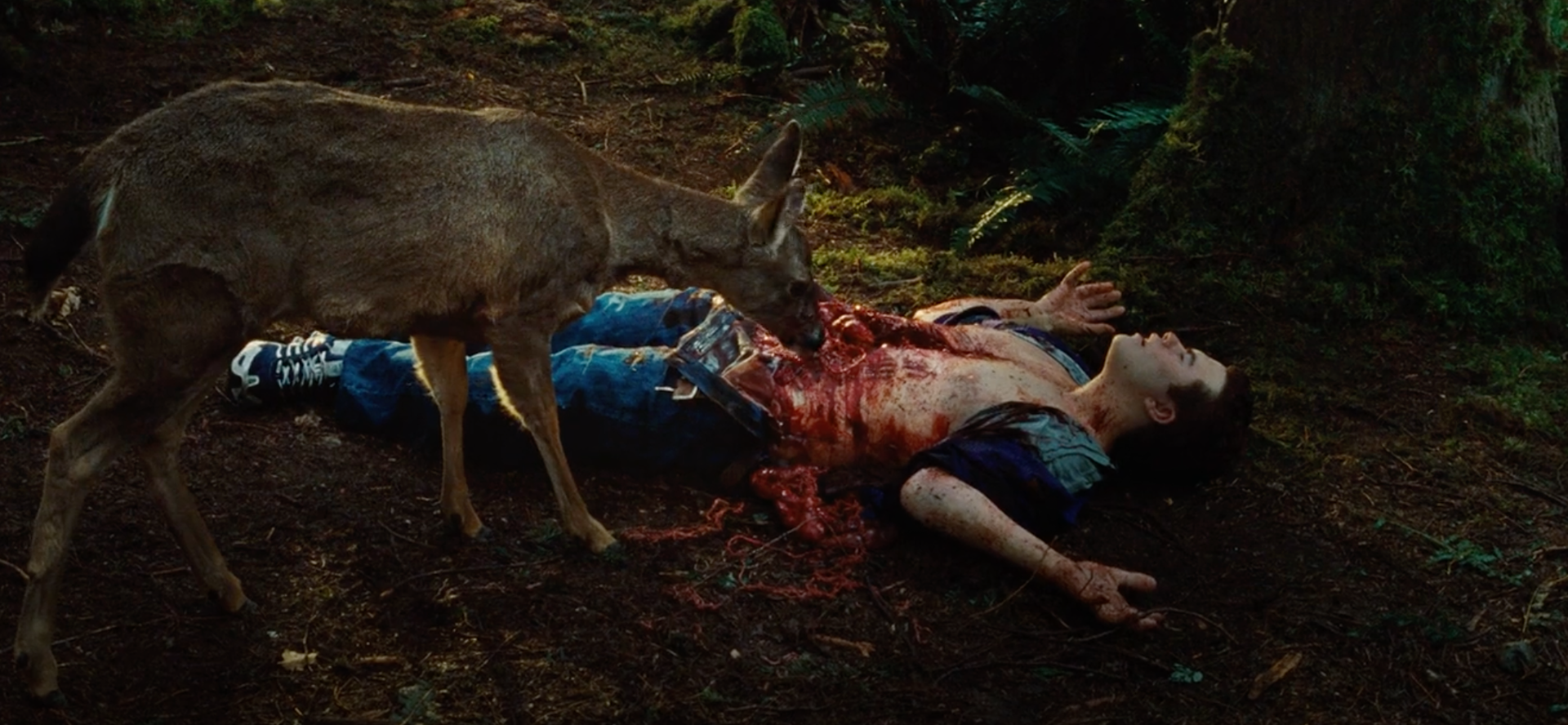
Jennifer consumes a guy in the forest
The film parodies and exaggerates the mechanism of the patriarchy, Diablo writes in Jennifer speak – a zeitgeisty, era-specific colloquialism of burgeoning internet language - rooted in post 9/11 tongue and cheek ironic humour. 2000s horror holds an extra depravity layer of inhumanity, demonstrating the parlance of the times by weaponising irony in a defensive, provocative way with shocking commonplace racism, cool homophobia, and misogyny. Diablo contends that “in order to critique misogyny and patriarchy, it was necessary to depict and perhaps perpetuate them to some degree”. (Kooyman, 2012:192) The film deviates from ideological sexual norms employing female monstrosity, bisexuality, homosexuality and degrading language (homophobia) to demonstrate the product of unsuccessful repression of bisexual/homosexual tendencies: “what is hated in others is what is rejected (but continues to exist) within the self.” (Wood, 2019:79)

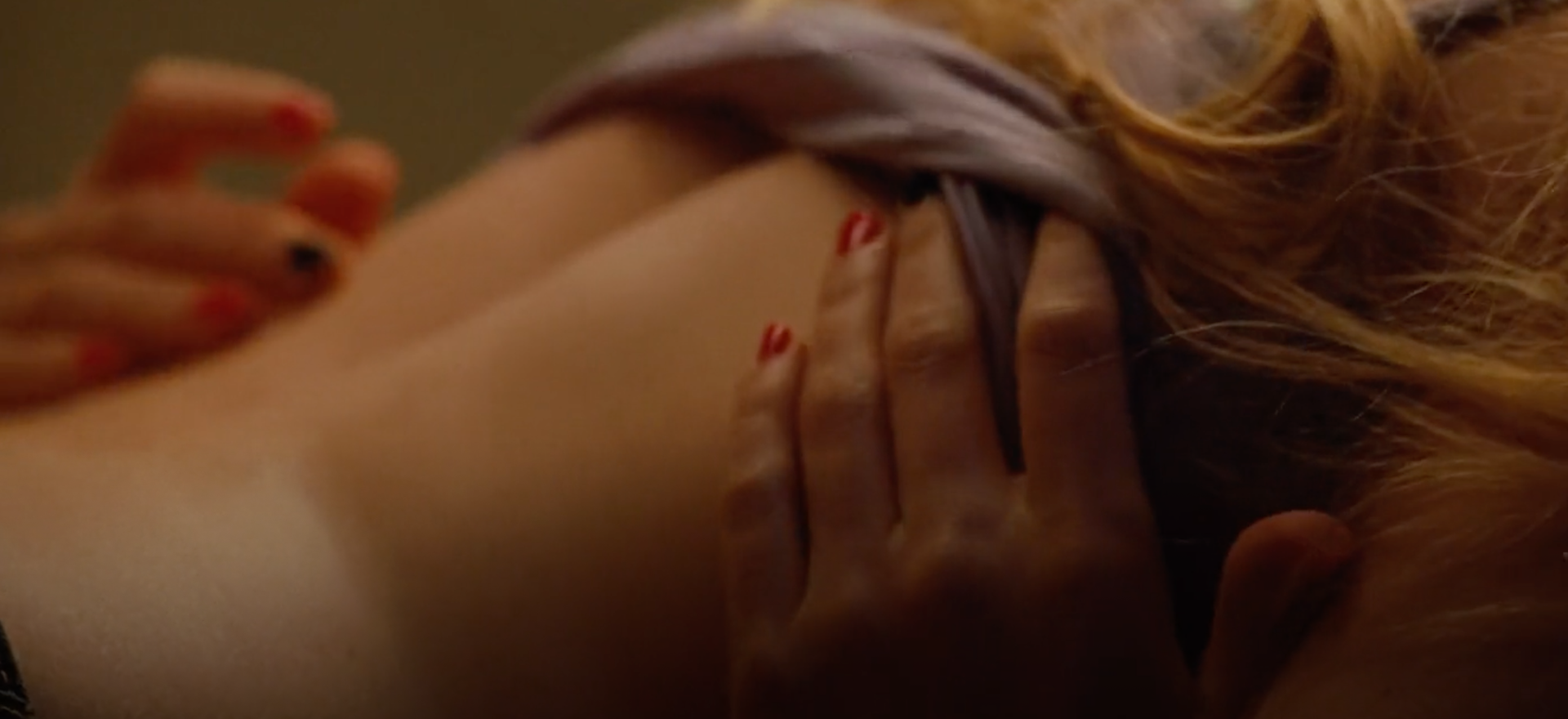
Diablo Cody directly pursued Megan Fox for the role; like Jennifer, the notion of Fox as a celebrity and media figure is both real and fabricated. Transcending genre with campy dialogue, feminist and queer subtext, Jennifer’s Body is a fundamental betrayal of the male fantasy. For something to be truly abject, it needs to be cast off by its audience. Upon release, Jennifer’s Body was met with extreme backlash from audiences and critics after being marketed as a horror sex-comedy to teen boys when it's clearly made by women, for women. Jennifer’s Body is abject in grotesque transgressions of Megan Fox as a Hollywood sex symbol and the initial rejection of the film. The industry reckoning with sex crimes in the #MeToo era saw an earnest reappraisal of female media, including Jennifer’s Body, the Paris Hilton doco and the Free Britany movement. (Wills & Roberts, 2017:2)
Megan Fox celebrity image vs monstrous Jennifer Check
Jennifer’s Body comes from the Hole song of the same name, with underlying subtext about violence against women. Frontwoman Courtney Love, another female figure persecuted and exploited by the media writes “my better half has bitten me it’s bettering you, it’s bettering me, sleeping with my enemy, myself, myself - the pieces of Jennifer’s body” (Love, 1994) Love intelligently critiques celebrity and embraces sexuality through her music and negative images of womanhood such as witches, bitches, and whores. “Cleanliness is next to godliness” The bourgeoise obsession with cleanliness is closely related to sexual repression” (Wood, 2019 p. 78) Through abject references of femininity - Hole insinuating vagina, to blood, milk and urine women utilise abjection to regain power over conventional images of femininity and niceness. (Eileraas, 1997:19)
Horror films fulfill our nightmare wish to break down oppressive norms. The female spectator experiences catharsis at the abject because it releases social restraint, the abjection distorts the social boundaries and images that traditionally confine women. Jennifer succeeds in the role of monstrous feminine as the abject who transgresses patriarchal boundaries. Through images of abjection – violence and bodily waste, the feminine can be identified as a post-human body that crosses borders and is affected by its environment and inhabitants.
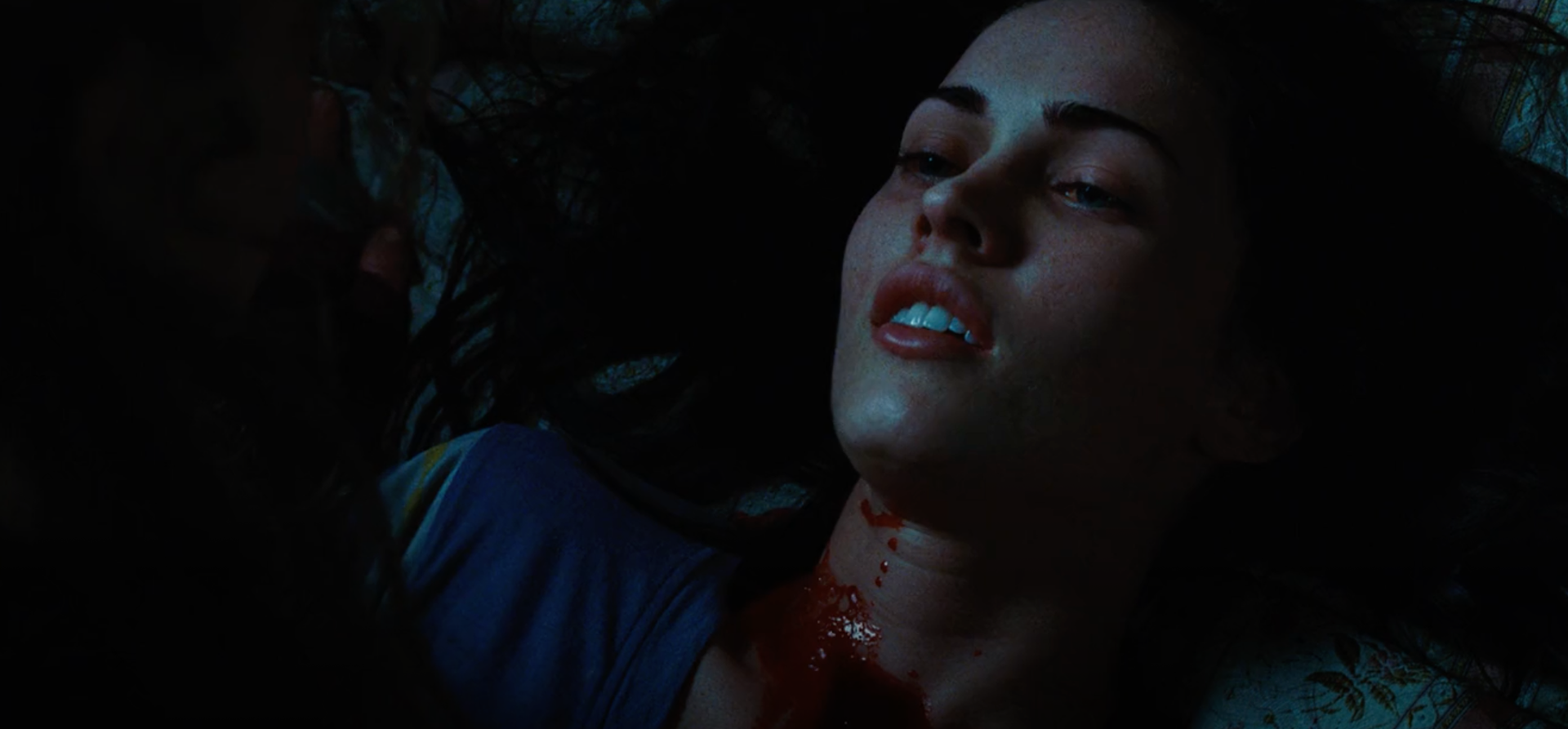

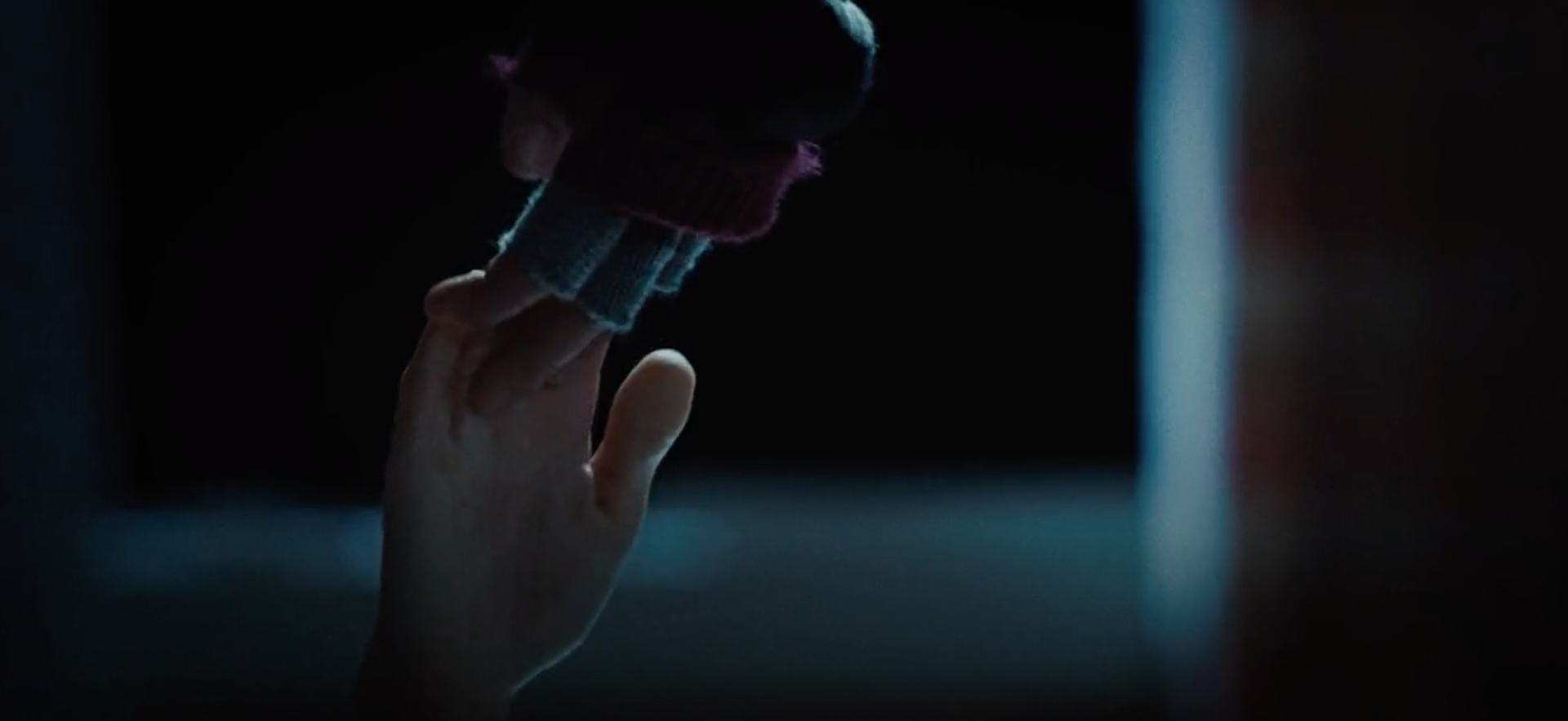
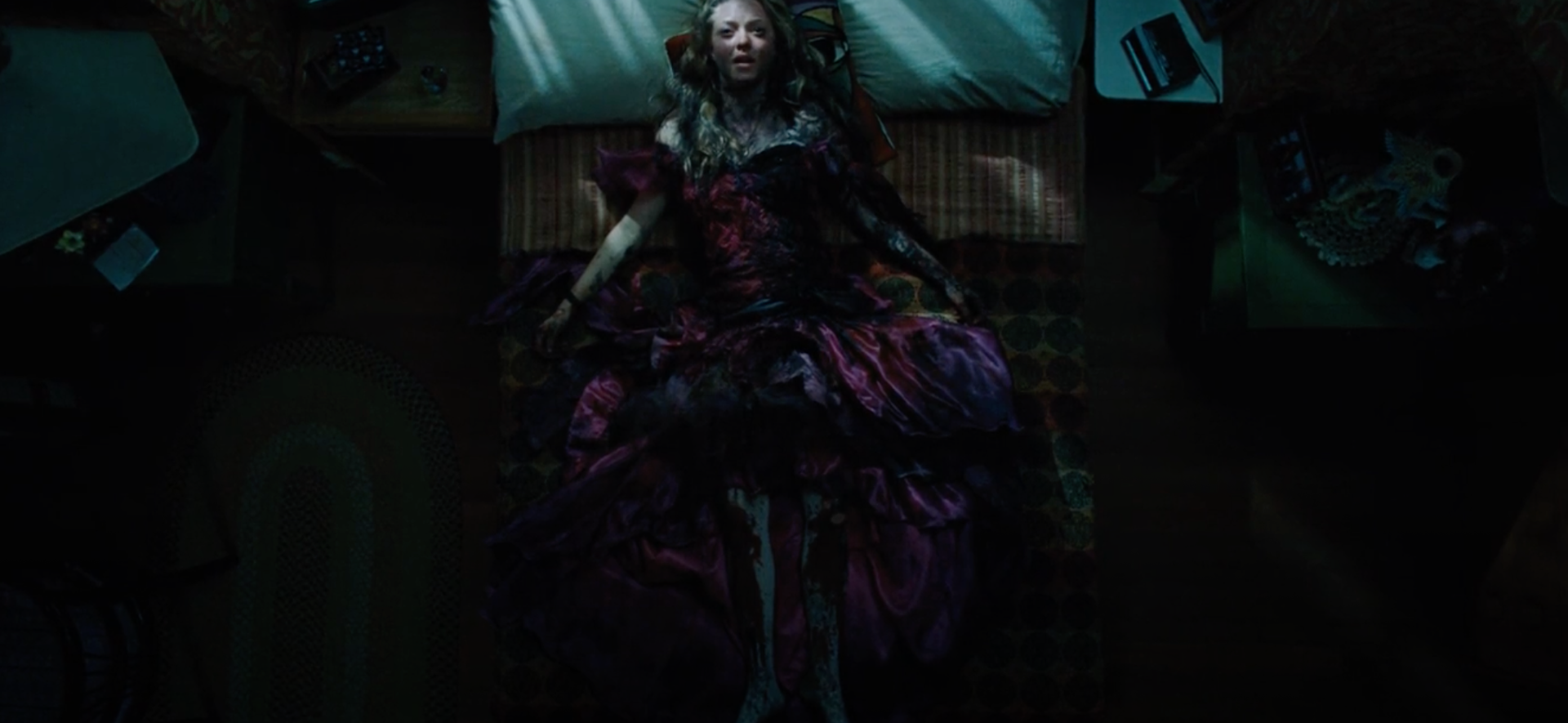
Jennifer's final death scene
References:
Films:
Jennifer’s Body (film), 2009, Directed by Karen Kusama, USA Fox Atomic
Miss World (music video), 1994, Hole, YouTube <https://www.youtube.com/watch?v=mS1Ckczz0LQ >
Works cited:
Ayers, M. Y., 2011. Masculine Shame: from Succubus to the Eternal Feminine. East
Sussex: Routledge.
Blackburn, S, 2016, A Dictionary of Philosophy, Oxford University Press, p141
Bullock, M 2007, ‘Figuring the uncanny: Review article. [Brassington, Pat. Pat Brassington (2006); Creed, Barbara. Phallic Panic: Film, Horror and the Primal Uncanny (2005).]’, Australian feminist studies, vol. 22, no. 54, pp. 409–411.
Chusna, A. & Mahmudah, S., 2018. Female Monsters: Figuring Female Transgression in Jennifer’s Body (2009) and The Witch (2013). HUMANIORA, 30(1), pp. 10-16.
Creed, B., 1993. The Monstrous-Feminine. London: Routledge. Gamman, L. &
Marshment, M., 1989. The Female Gaze: Women as Viewers of Popular Culture.
Seattle: Real Comet Press.
Eileraas, K, 1997, 'Witches, bitches & fluids: girl bands performing ugliness as resistance', TDR, Cambridge, Mass, vol 41, issue 3, pp. 1-122
Gamman, L. & Marshment, M., 1989. The Female Gaze: Women as Viewers of Popular Culture.
Seattle: Real Comet Press.
Harrington, E, 2018, Film Philosophy at the Margins Erin Harrington Women Monstrosity and Horror Film, pp. 1-297
Jaleca, d, 2017, alien feminism and cinemas post human women, The University of Chicago Journal of women in culture and society, Chicago pp 1-46
Keeling D, Lehman M, 2018, Oxford Research Encyclopedia on Communications, pp 1-25
Kooyman, B., 2012. Whose body? Auteurism, feminism and horror in Hostel Part II
and Jennifer’s Body. Australasian Journal of Popular Culture, 1(2), pp. 181-195.
Kristeva, J., 2002. Approaching Abjection. In: The Portable Kristeva. New York: Columbia University Press, pp. 229-247.
Love, C, 1994, Jennifer’s Body lyrics, Hole: Live Through This, Marietta, Georgia, USA
Malone, A., 2018. The Female Gaze. Coral Gables: Mango Publishing Group.
Mulvey, L., 1989. Visual and other pleasures. Basingstoke: Palgrave Macmillan.
Wills, D. and Roberts, T. 2017, 'Desiring Monsters: Femininity, Radical Incontinence, and Monstrous Appetite in Ginger Snaps, Jennifers Body, and Deadgirl', Reconstruction: Studies in Contemporary Culture, 17(2)
Wood, R, 2018, Robin Wood on the Horror Film: Collected Essays and Reviews, edited by Barry Keith Grant, Wayne State University Press